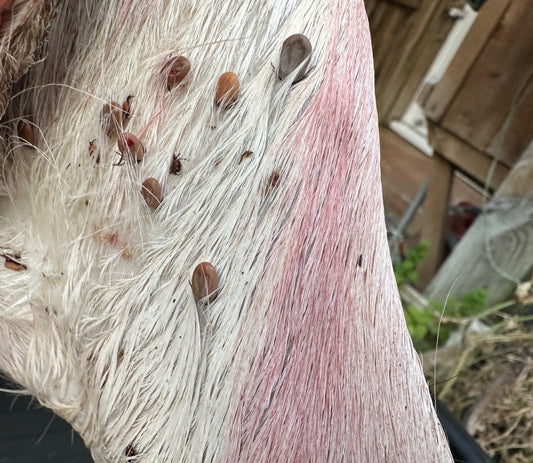The intricacies of deer management extend beyond the immediate ecosystem, intertwining with public health concerns, one of which is Lyme disease. This tick-borne ailment, while not transmitted by deer directly, has its epidemiology significantly influenced by deer populations. Understanding this connection and how effective deer management can ameliorate the risks associated with Lyme disease is a crucial facet of comprehensive land management.
Lyme disease is primarily caused by the bacterium Borrelia burgdorferi, transmitted through the bite of infected black-legged ticks, often referred to as deer ticks (Ixodes scapularis). Deer serve as significant hosts for these ticks, especially the adult female ticks, which rely on deer for blood meals before laying their eggs. The burgeoning deer populations can, therefore, provide a conducive environment for the proliferation of ticks, escalating the risks of Lyme disease transmission in regions where these populations thrive.
Implementing a well-rounded deer management program can be instrumental in mitigating the risks associated with Lyme disease. By controlling deer populations, the number of available hosts for adult ticks can be reduced, which in turn, can lead to a reduction in tick populations. However, it's not a straightforward equation; the effectiveness of deer management in controlling Lyme disease can vary based on the specific ecological and social contexts of an area. It is essential to understand the local deer-tick-human dynamics to tailor deer management strategies effectively.

An integrated approach encompassing deer population control, habitat modification, and personal protection measures is essential for a significant impact. While community-wide measures are crucial, individual precautions such as wearing protective clothing, using tick repellents, and performing tick checks post-outdoor activities are fundamental in minimizing Lyme disease exposure risks.
Engaging with professional deer management services like Wildscape Deer Management can ensure that deer population control measures are carried out ethically, effectively, and in accordance with local laws and regulations. Besides, community awareness and education about Lyme disease, tick avoidance, and the role of deer in tick ecology are crucial for fostering support for deer management initiatives aimed at reducing Lyme disease risk.

The intersection of Lyme disease and deer management underlines the complex, intertwined relations between wildlife, human health, and habitat wellness. By adopting informed deer management strategies and fostering a community-wide understanding of Lyme disease and tick ecology, strides towards a healthier ecosystem and reduced Lyme disease risks can be achieved.
At Wildscape Deer Management, our endeavor is to provide adept deer management services that resonate with ecological balance and public health safety. Reach out to us to learn more about how we can tailor deer management strategies to meet the unique needs of your estate while contributing to the broader goal of Lyme disease risk reduction. Through a collaborative approach, the challenges posed by Lyme disease can be navigated effectively, ensuring a harmonious coexistence of wildlife and humans in a healthy ecosystem.




